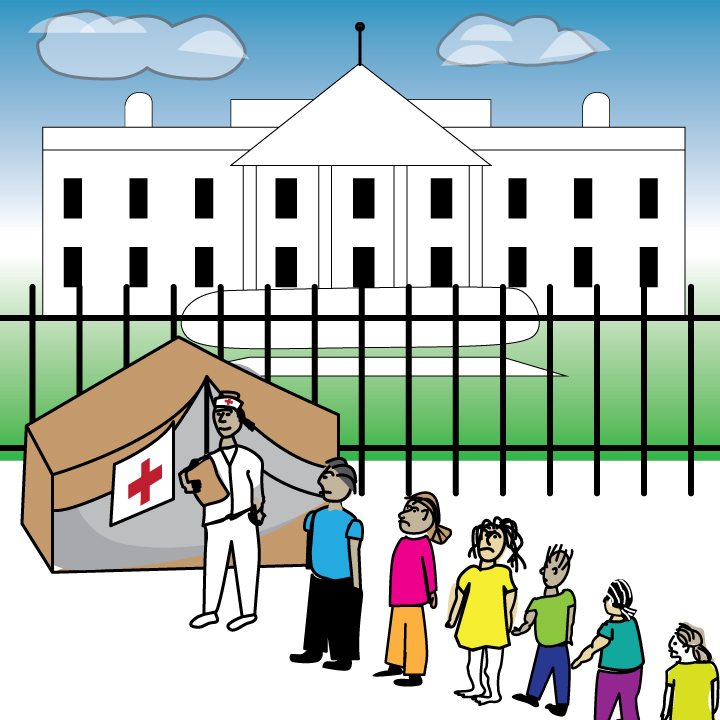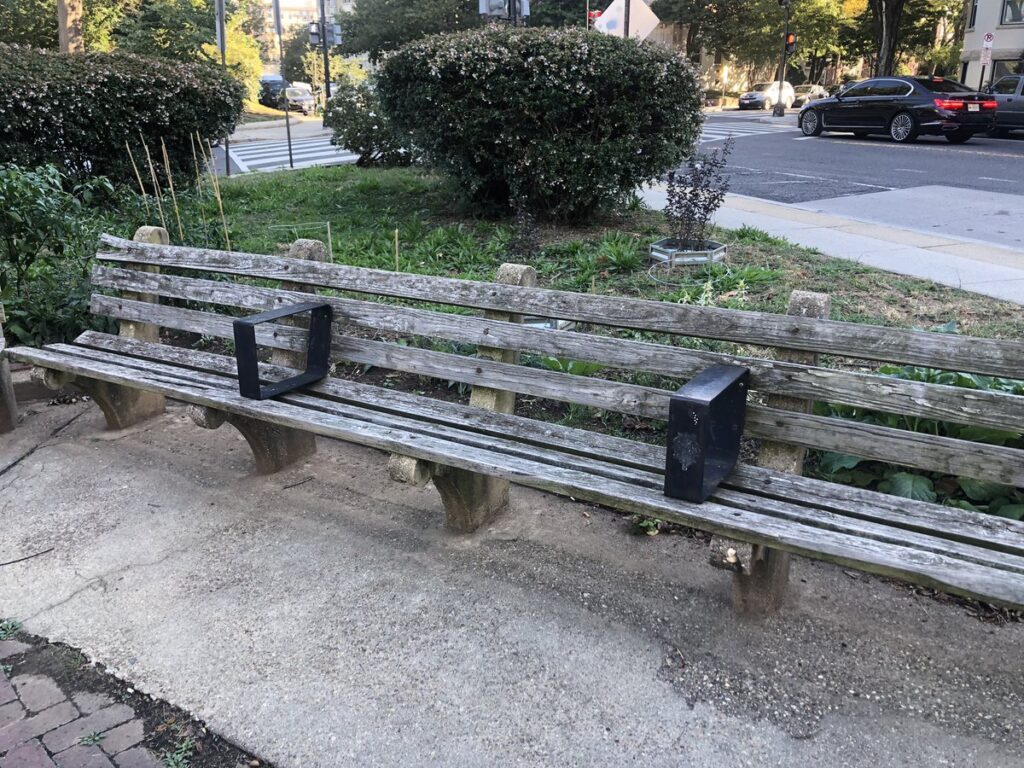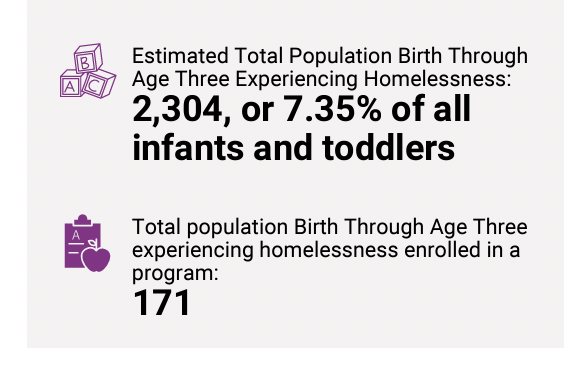Violence in Latin American countries, particularly Guatemala, Honduras, and El Salvador, has spurred a recent mass migration of children to the United States.
Since the start of 2014, over 37,000 of these border children have entered this country, and have been released to their parents, guardians, or whomever is waiting for them here. The impact of these new undocumented immigrants is not confined to border states such as Texas. The D.C.-metropolitan area has absorbed approximately 3,000 border children, one of the highest rates nationwide.
The children will eventually face immigration court judges who will determine their immigration status. With violence, rape, gang recruitment and kidnapping plaguing their homelands, many of the children so far have said they believe they had no choice but to flee. They say they fear if they are deported back, they will face danger and possible death.
“I had a future in my country until this happened. I had to come here,” explained one young immigrant, in an interview with Street Sense. The youngster spoke at Mary’s Center a local nonprofit that is leading the charge to help undocumented children get the services they need.
Mary’s Center, a Federally Qualified Health Center, was founded in 1988 at a time, similar to now, when the United States was witnessing an influx of undocumented immigrants who needed health services. Many pregnant women had fled their countries and needed prenatal care. Beginning with 10 providers in a small basement, Mary’s Center provided prenatal care to the immigrants. As the children were born, services expanded to include pediatric care and early intervention support, given that some of the babies were born with developmental delays due to insufficient prenatal care before the mothers reached Mary’s Center. Today, Mary’s Center serves 40,000 people, has six locations in the D.C.-metropolitan area, and staffs 450 employees. It offers 20 different programs that serve clients from over 100 countries.
In recent days, Mary’s Center has gone into high gear to provide the services needed by the border children. In addition to health care, the young immigrants need legal assistance so Mary’s Center is seeking and partnering with immigration lawyers who will offer pro bono services. Many of the children also need mental health services due to the fact they suffered from violence and sexual assault.
There is a “huge demand not only for [Mary’s Center] but for the schools and the families who live here,” according to one Mary’s Center staffer. The organization has sent mental health counselors into 11 local schools to directly serve the children there and support the teachers, principals, and health providers in meeting the specific needs of these children.
The work of Mary’s Center offsets the cost of what federal programs would otherwise pay to take care of these border children. Each child costs, on average, $800 to care for, the bulk of this expense being needed medical care. Mary’s Center, through its Get Care 2 Give Care program, allows patients to choose Mary’s Center as their primary care provider.
These types of programs are how Mary’s Center is making a difference in the DC area. a representative from the organization explained. The organization’s goal is to provide these immigrants with the resources they need to be self-sufficient and engaged with the community.
“People think that unaccompanied minors are coming to get everything from everyone here and taking our taxes, but they all wanted to stay in their countries,” the staffer added. Now that they are here, they are grateful.
“The first thing these children say is, how can I give back?”








